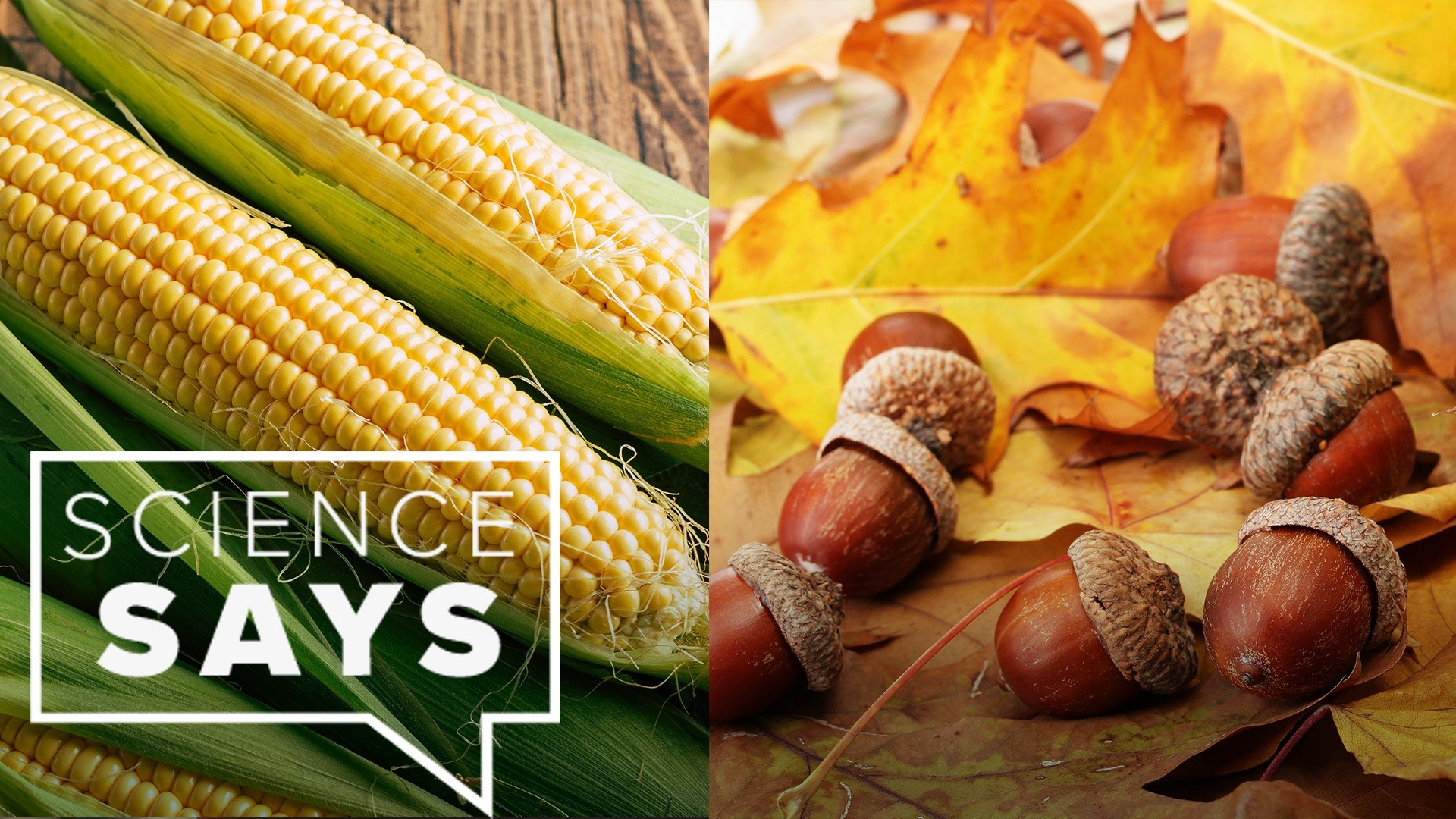LITTLE ROCK, Ark. — We told you about how persimmon seeds have been a popular method in trying to predict the winter season, and that's just one of a lot of agricultural related weather lore out there.
For years, some farmers would look at the tightness of corn husks to foretell if we would see a rough winter. If the husks were thick and tight, then it was believed a cold and snowy winter was on the way.
This same theory is also used with walnuts or hickory nuts, and the thickness of their shell, like how animals grow thicker fur to stay warm during the winter in cold environments.
What does the science say?
Well, the way corn ends up growing and the quality of the crop is mostly dependent on how their growing season went, especially if it was a wet or dry season.
One theory states that corn husks become tall and tight during a wetter season as a way to protect themselves from the rain. There are thousands of different corn species, each with varying genetics that might give them different qualities like tougher husks, so it can’t be a reliable method.
Another lore states that if there’s an abundance of acorns that have fallen, the winter season may be harsh. Scientists speculate climate as a factor, with it varying by tree species and region.
Nut producing trees like oak or beech fluctuate how much nuts they produce. It’s a cycle that happens at random every few years, and when they produce an abundance of nuts, it’s called a “mast year.”
Seeing more acorns though is more of an indicator of how the past winter was than what the upcoming will be like.

